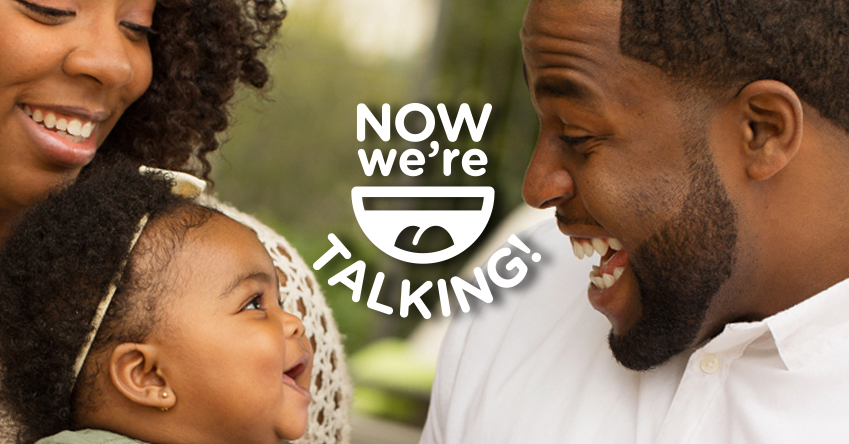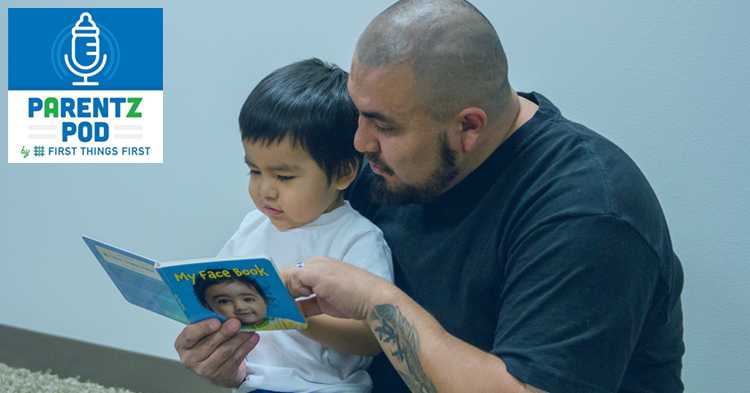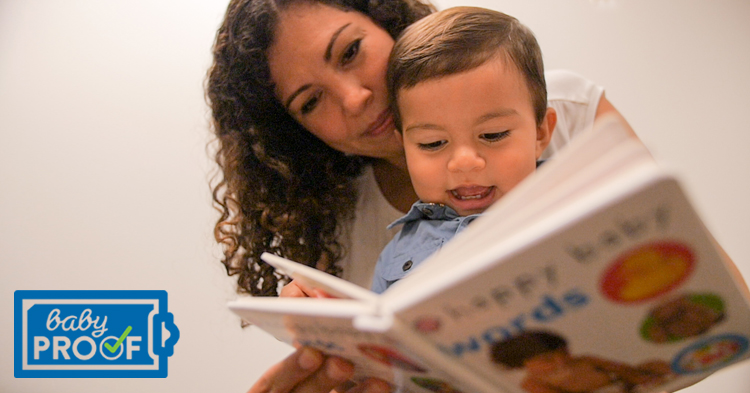With so many TV shows and videos for kids, “screen time” has undoubtedly become a household topic. Screen time is the amount of time someone spends using devices with screens like TVs, computers, tablets and smartphones. For kids, this can include watching shows, playing games and using learning apps.
Do young kids learn language from watching TV?
Screen time might be a quick way to entertain your child, especially when you’re busy. And some shows and apps that appear to be educational often provide parents with a sense of relief about their child’s language development. While some quality programs exist, little ones learn and develop language best through real-life interactions with parents and caregivers.
Everyday exchanges with your children have a greater impact than you might expect, even as early as birth. From babbling with your infant to narrating your toddler’s environment, social exchanges like these form strong foundations for early language development. Young children need interactive, responsive communication to listen, mimic and respond. TV and videos provide only one-way communication, which lacks the stimulation they need.
Off-screen activities to develop language and early literacy skills
Here are some fun ways to help your child develop their language skills without screens:
- Read together every day.. Talk about the pictures, colors, and story. Ask questions like, “What do you think will happen next?” or “Can you find the red car?”
- Create routines. Build routines into daily activities like mealtime, bedtime and chores.
- Make up rhymes and songs. Sing and use rhyming words with your child. Use clapping, snapping and facial expressions to make it fun and interactive.
- Encourage play. Find opportunities for supervised, independent play. Let your child play with toys like blocks or baby-safe mirrors while you cook or clean nearby. For example, “You are stacking the blocks so high!”
Research shows that these kinds of connections with caregivers allow young children to observe, mimic and gesture in their own ways–all important building blocks for their communication abilities. Talk, read and play with your little one as much as possible. It is the best way to help them connect the skills they’ll need to be ready to talk and eventually learn to read.





